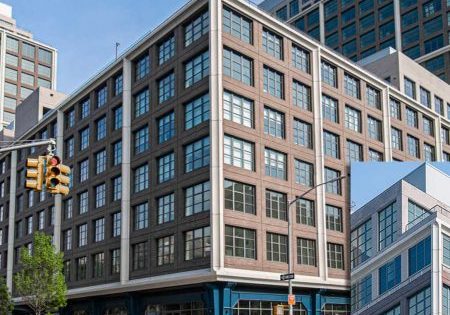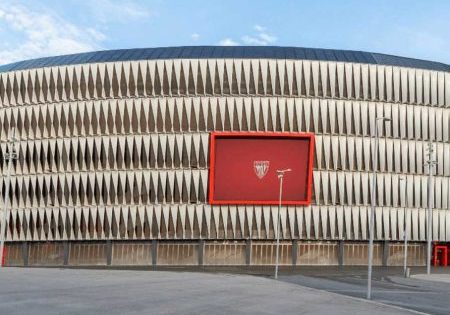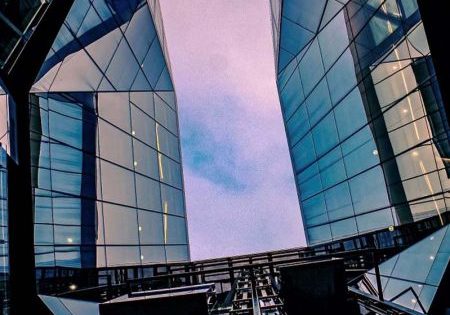Insuring the Industry
Sep 1, 2022

A discussion on providing insurance for elevator companies

National Elevator Insurance Solutions, a Division of HUB International, has been creating comprehensive insurance and risk management products for the elevator industry for more than 40 years with experience in arranging insurance for customers involved in various aspects of the elevator industry, including elevator contractors, inspectors, consultants, distributors and manufacturers. HUB International Senior Vice President John Tateossian (JT) took some time to talk specifics with your author (AB) about insurance for the elevator industry and the industry at large.
AB: What are some of the insurance industry’s biggest challenges when it comes to insuring elevator companies?
JT: One of the biggest challenges is our increasingly litigious society. Lawsuits are becoming more commonplace and awards much larger. There is no cost for someone to bring suit against an elevator contractor, or any contractor, for that matter. This has led to an uptick in lawsuits being filed and, as a result, a spike in the number of claims. This is further exacerbated by huge court awards and nuclear verdicts, thereby increasing claim values dramatically. These values are also further impacted by medical inflation and costs associated with litigation. For more than 25 years, excess liability coverage has attached above US$1 million for general liability and auto liability coverage. Today, we are seeing claim values exceed the US$1 million threshold and pierce the excess layer more often.
Another challenge for the elevator industry, and more specifically New York contractors, is known as the Labor Law specific to New York State. This law only exists in New York and has been in existence for many years. In a nutshell, it can allow an elevator contractor to be held liable for injury to their employee or sub-contractor. In all other states, this would fall under workers compensation, but in New York, based on the facts of the accident and contractual obligations, a suit can come in under the general liability and, potentially, the excess liability layer above it.
AB: Has COVID-19 had an impact on the insurance industry or its insuring of elevator companies? If so, how?
JT: In general, the elevator industry is among the “luckier” industries when it comes to the impact of COVID-19. Based on existing laws, elevators are required to run and be inspected, no matter what. These requirements allowed maintenance and inspection work to be relatively unaffected. On the other hand, businesses that focused on residential elevators and lifts, as well as new installations and — to some degree — modernizations, were certainly impacted by COVID-19. Homeowners were very reluctant to let workers into their homes while some installation and modernization projects were put on hold. Throughout the pandemic, most insurers were accommodating to companies that paid their workers to stay home.
AB: What are some things companies don’t think about when deciding on their coverage?
JT: There are several important things that companies seldom consider when deciding about their insurance. Understandably, cost is of paramount importance for any business, but there are other considerations that should be contemplated as well.
One of these considerations is the breadth of coverage being purchased: Does it cover all your operations, or are you left uninsured for certain work you do? In these cases, the devil is in the details. Do you have labor law coverage in New York? Are any of your operations, such as inspection or testing work, being excluded? Are there any limitations, such as what type of residential work is covered? Very often, a company will not realize there is an issue until a claim comes in and it’s not covered by insurance.
With claims in mind, the next consideration should be who is handling your claim should a lawsuit be filed against your company. The elevator industry is unique and highly regulated, so in the case of a claim, you want in-house claims managers, claims adjustors, lawyers, investigators and experts that have experience and deep working knowledge of the elevator industry. The difference between properly defending a lawsuit and not could have an astronomical impact on the value or potential payout of a claim. Furthermore, these claim amounts will appear on someone’s loss history for 5-7 years.
One aspect of this job that resonates with me every day is having daily interaction with existing and new clients. Building relationships with clients is something we truly enjoy.
Lastly, another important consideration is the use of an insurance company that is not licensed and admitted in your state. Your preference should be to use a licensed and admitted carrier, so in case the insurer goes insolvent, the state will step in and guarantee all or some part of the coverage. If your insurer is non-admitted, you do not have that protection. It is due to that specific distinction that contracts will often mandate your insurer to be licensed and admitted.
AB: Any changes at HUB’s National Elevator Insurance Solutions?
JT: No. I am proud to say that our operation has solely focused on insuring the elevator industry for more than 40 years. An important aspect of our business model is maintaining consistency in how we interact with our clients and the insurance companies we do business with. Our focus is and has always been cost, coverage and client relationships.
AB: From your perspective, what is the current state of the elevator industry?
JT: I would definitely say “strong” despite a number of existing challenges. Among these are headwinds caused by supply chain disruptions delaying new installations and modernizations. Additionally, rapidly increasing costs of raw materials and equipment could have material impacts on outstanding bids. Elevator contractors should reserve the right to revisit bids to keep up with the rising costs of materials.
Another remaining challenge is the potential for widespread economic setbacks impacting the way consumers and business spend. Any sort of economic downturn could lead to a building owner delaying a modernization or installation. Similarly, it could lead a homeowner to delay putting in a residential elevator or chair lift.
With that being said, any sort of economic downturn would impact certain segments of the elevator industry, but not all. Despite these challenges, the elevator industry is extremely resilient, largely as a result of an inherently strong work ethic. This strong work ethic has further bolstered a strong comradery among elevator companies helping each other. This characteristic is quite unique to the elevator industry.
AB: Anything else that you feel should be discussed?
JT: We take great pride in insuring the elevator industry for more than four decades. It is a responsibility and privilege we take very seriously. One aspect of this job that resonates with me every day is having daily interaction with existing and new clients. Building relationships with clients is something we truly enjoy. The constant interaction and relationships are fundamental to truly understand someone’s business and, therefore, how to properly insure them.
Get more of Elevator World. Sign up for our free e-newsletter.









